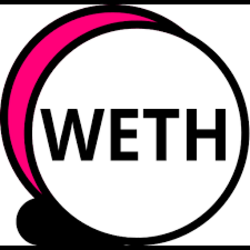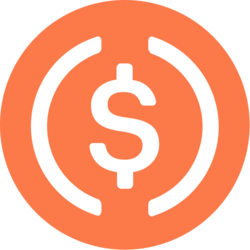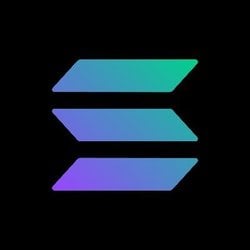Visitors check out Nvidia’s AI technology at the 2024 Apsara Conference in Hangzhou, China, on September 19, 2024.
Costfoto | Nurphoto | Getty Images
Nvidia, Google, Microsoft and dozens of other tech companies are descending on Las Vegas next week to showcase artificial intelligence tools they say will save doctors and nurses valuable time.
Sunday marks the official start of a health-care technology conference called HLTH, which is expected to draw more than 12,000 industry leaders this year. CNBC will be on the ground. Based on the speaking agenda and announcements leading up to the conference, AI tools to conquer administrative burdens will be the star of this year’s show.
Doctors and nurses are responsible for mountains of documentation as they work to keep up with patient records, interface with insurance companies and comply with regulators. Often, these tasks are painstakingly manual, in part because health data is siloed and stored across multiple vendors and formats.
The daunting administrative workload is a major cause of burnout in the industry, and it’s part of the reason a nationwide shortage of 100,000 health-care workers is expected by 2028, according to consulting firm Mercer. Tech companies, eager to carve out a piece of a market that could top $6.8 trillion in spending by the decade’s end, argue that their generative AI tools can help.
Alex Schiffhauer, group product manager at Google, speaks during the Made By Google event at the company’s Bay View campus in Mountain View, California, Aug. 13, 2024.
Josh Edelson | AFP | Getty Images
Google, for instance, said it’s working to expand its health-care customer base by tackling administrative burden with AI.
On Thursday, the company announced the general availability of Vertex AI Search for Healthcare, which it introduced in a trial capacity during HLTH last year. Vertex AI Search for Healthcare allows developers to build tools to help doctors quickly search for information across disparate medical records, Google said. New features within Google’s Healthcare Data Engine, which helps organizations build the platforms they need to support generative AI, are also now available, the company said.
Google on Thursday released the results of a survey that said clinicians spend nearly 28 hours a week on administrative tasks. In the survey, 80% of providers said this clerical work takes away from their time with patients, and 91% said they feel positive about using AI to streamline these tasks.
Microsoft CEO Satya Nadella speaks at a company event on artificial intelligence technologies in Jakarta, Indonesia, on April 30, 2024.
Dimas Ardian | Bloomberg | Getty Images
Similarly, Microsoft on Oct. 11 announced its collection of tools that aim to lessen clinicians’ administrative workload, including medical imaging models, a health-care agent service and an automated documentation solution for nurses, most of which are still in the early stages of development.
Microsoft already offers an automated documentation tool for doctors through its subsidiary, Nuance Communications, which it acquired in a $16 billion deal in 2021. The tool, called DAX Copilot, uses AI to transcribe doctors’ visits with patients and turn them into clinical notes and summaries. Ideally, this means doctors don’t have to spend time typing out these notes themselves.
Nurses and doctors complete different types of documentation during their shifts, so Microsoft said it’s building a separate tool for nurses that’s best suited to their workflows.
AI scribe tools such as DAX Copilot have exploded in popularity this year, and Nuance’s competitors, such as Abridge, which has reportedly raised more than $460 million, and Suki, which has raised $165 million, will also be at the HLTH conference.
Dr. Shiv Rao, the founder and CEO of Abridge, told CNBC in March that the rate at which the health-care industry has adopted this new form of clinical documentation feels “historic.” Abridge received a coveted investment from Nvidia’s venture capital arm that same month.
Nvidia is also gearing up to address doctor and nurse workloads at HLTH.
Kimberly Powell, the company’s vice president of health care, is delivering a keynote Monday that will explain how using generative AI will help health-care professionals “dedicate more time to patient care,” according to the conference’s website.
Nvidia’s graphics processing units, or GPUs, are used to create and deploy the models that power OpenAI’s ChatGPT and similar applications. As a result, Nvidia has been one of the primary beneficiaries of the AI boom. Nvidia shares are up more than 150% year to date, and the stock tripled last year.
The company has been making steady inroads into the health-care sector in recent years, and it offers a range of AI tools across medical devices, drug discovery, genomics and medical imaging. Nvidia also announced expanded partnerships with companies such as Johnson & Johnson and GE HealthCare in March.
While the health-care sector has historically been slow to adopt new technology, the buzz around administrative AI tools has been undeniable since ChatGPT exploded onto the scene two years ago.
Even so, many health systems are still in the early stages of evaluating tools and vendors, and they’ll be making the rounds on the HLTH exhibition floor. Tech companies will have to prove they have the chops to tackle one of health care’s most complex problems.















































